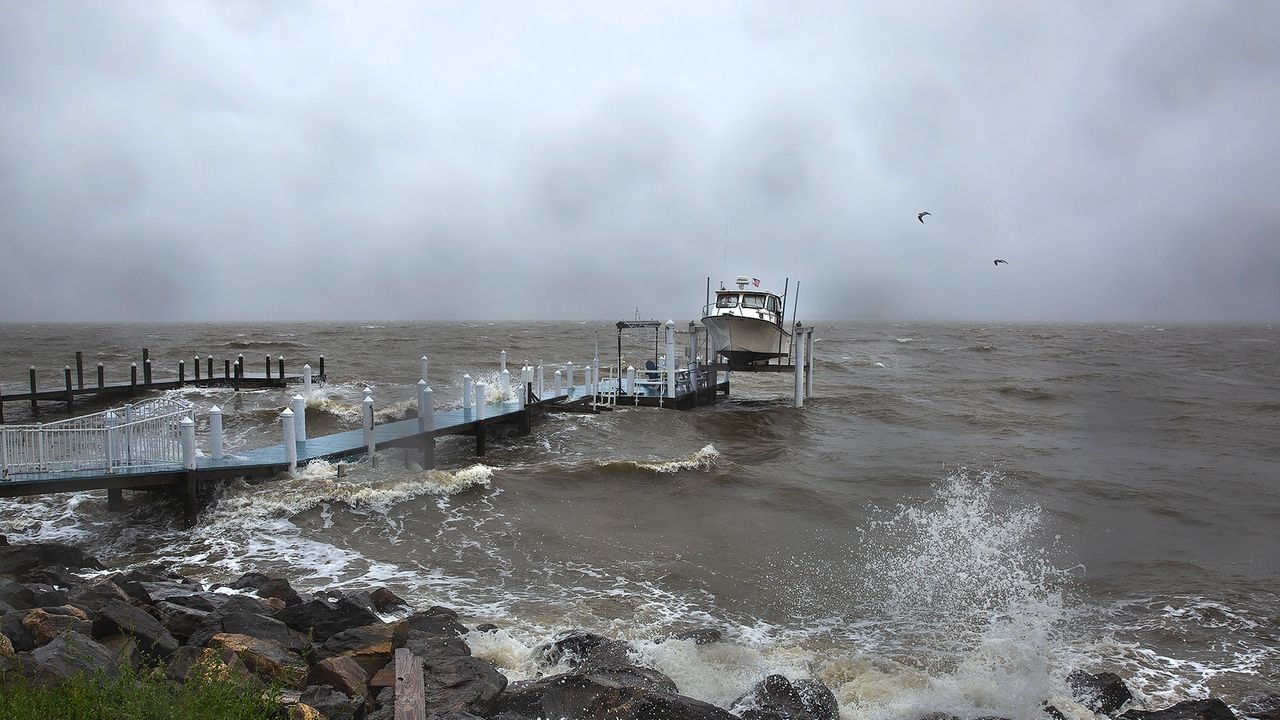ANNAPOLIS, Md. — Tropical Storm Ophelia was downgraded to a post-tropical low on Saturday night but continued to pose a threat of coastal flooding and flash floods in the mid-Atlantic region, the U.S. National Hurricane Center said.
Residents in parts of coastal North Carolina and Virginia experienced flooding Saturday after the storm made landfall near a North Carolina barrier island, bringing rain, damaging winds and dangerous surges.
At 11 p.m. Saturday, the center said Ophelia, reduced to a weak form of a tropical storm, was located about 30 miles (50 kilometers) south-southwest of Richmond, Virginia, and about 85 miles (135 kilometers) southeast of Charlottesville, Virginia. The storm had maximum sustained winds of 35 mph (55 kph) with higher gusts.
Coastal flood warnings and flood watches remained in effect for portions of the region, the center said.
“The center of Ophelia is expected to turn toward the north-northeast and northeast, moving across eastern Virginia and the Delmarva Peninsula through Sunday,” the center said.
Areas from Virginia to New Jersey are likely to receive 1 to 3 inches (2.5 to 7.6 centimeters) of rain and up to 5 inches (12.7 centimeters) in some places, the center said. Some New Jersey shore communities, including Sea Isle City, had already experienced flooding Saturday.
Areas of southeastern New York and southern New England also could receive 1 to 3 inches of rain, while surf swells are expected to affect much of the East Coast through the weekend, the center said.
A group of beachgoers watch people kiteboarding in the storm surge of Tropical Storm Ophelia on Saturday, Sept. 23, 2023, at the Virginia Beach Oceanfront, in Virginia Beach, Va. Credit: AP/John C. Clark
Philippe Papin, a hurricane specialist with the center, said the primary risk of the storm system going forward will be the threat of floods from the rain.
“There have been tropical storm-force winds observed, but those are starting to gradually subside as the system…
Read the full article here

Leave a Reply